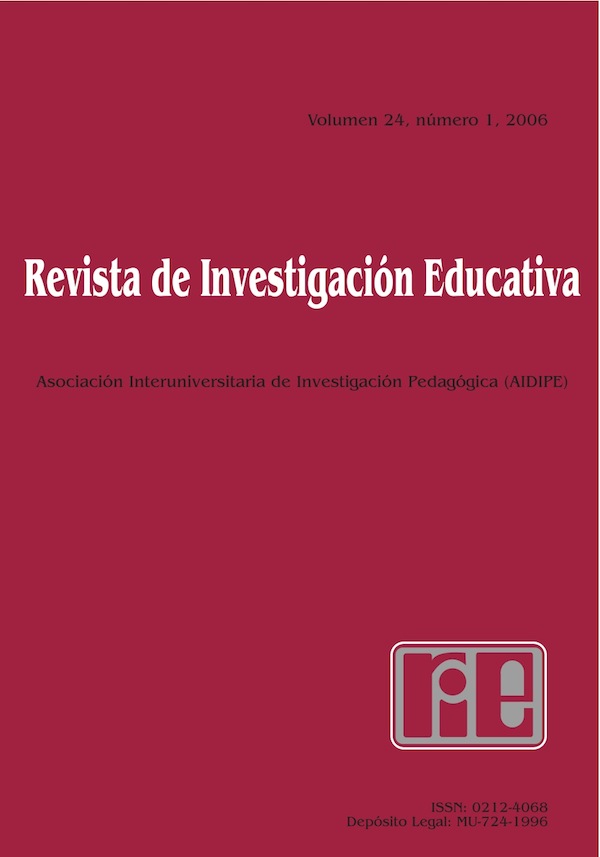Cuestionario para el análisis de la orientación docente del profesor universitario
Abstract
The present article deals with the process of design and development of the Questionnaire for the analysis of the University Teachers’ Teaching Orientation. It has been developed considering the last decade international research in the field of university teaching and after a careful revision of the most important research tools in teaching approaches. The article aims at gathering empirical evidence to recognize its metric qualities, therefore it presents the validation process of the theoretical construct, as well as the steps followed in the design and development of the questionnaire: from the formulation of indicators and items of the study variables, the validity and reliability of the initial test, the revision of validity and reliability of the second study and the final measurement tool.Downloads
-
Abstract1251
-
PDF (Español (España))2300
The articles and scientific documents published in RIE abide the following conditions:
1. The Servicio de Publicaciones de la Universidad de Murcia (the publisher) has the property rights (copyright) of all the documents published and allows the reuse under the user’s license indicated in point 2.
2. All documents are published in the digital edition of RIE under a Creative Commons Reconocimiento-NoComercial-SinObraDerivada 4.0 Internacional. (legal document) license. These documents can be copied, used, distributed, communicated and explained publicly if: i) the author(s) and its original source of publishing (magazine, publisher and URL of the document) are cited; ii) it is not used for commercial purpose; iii) the existence and the specifications about this license are mentioned.
3. Auto-archive’s conditions. The authors are allowed and encouraged to digitally distribute the pre-print versions (a version before evaluation) and/or post-print (a version that it is already evaluated and accepted to its publication). This promotes circulation and distribution earlier and can increase the citations and significance within the academic community.









